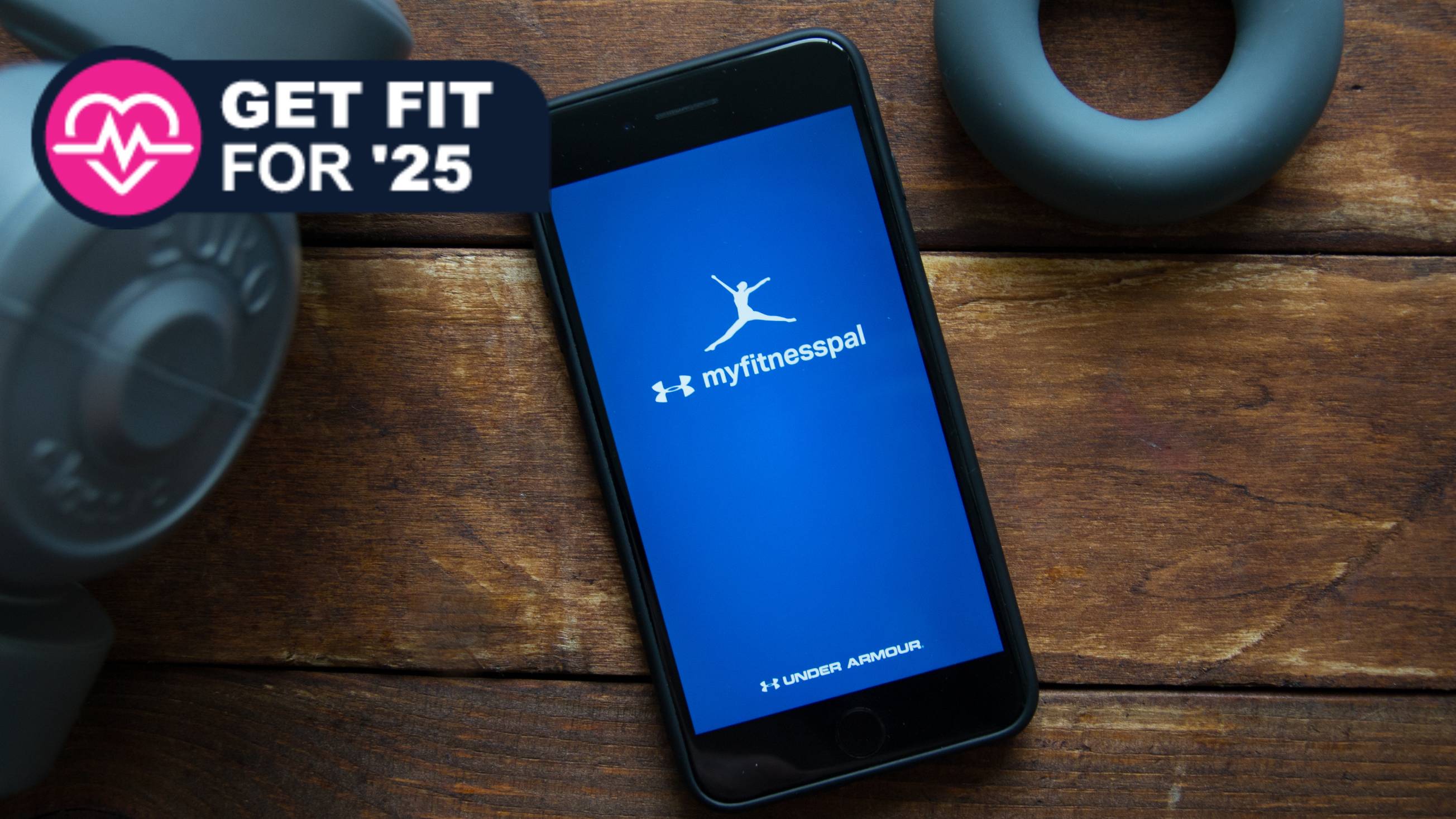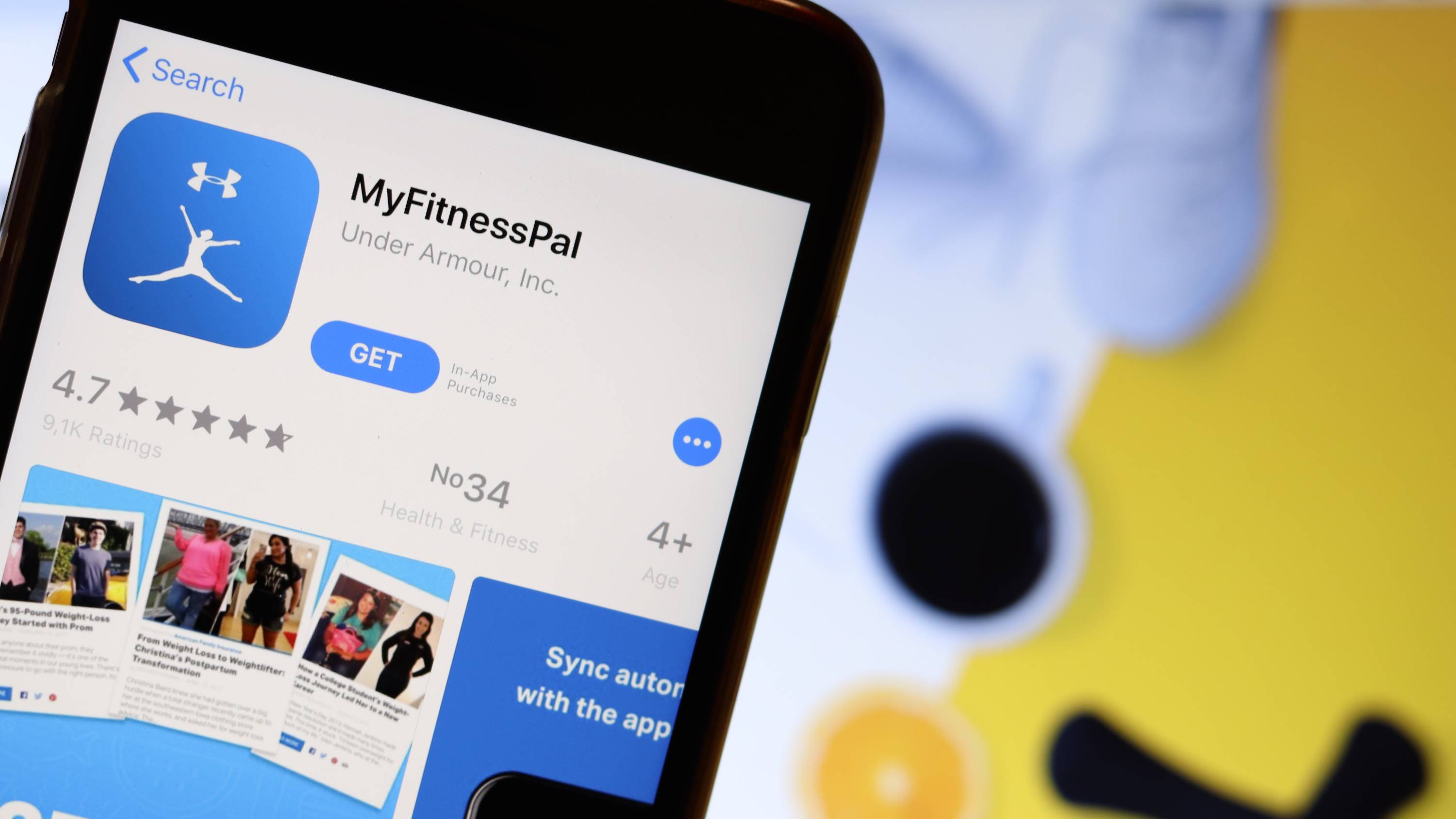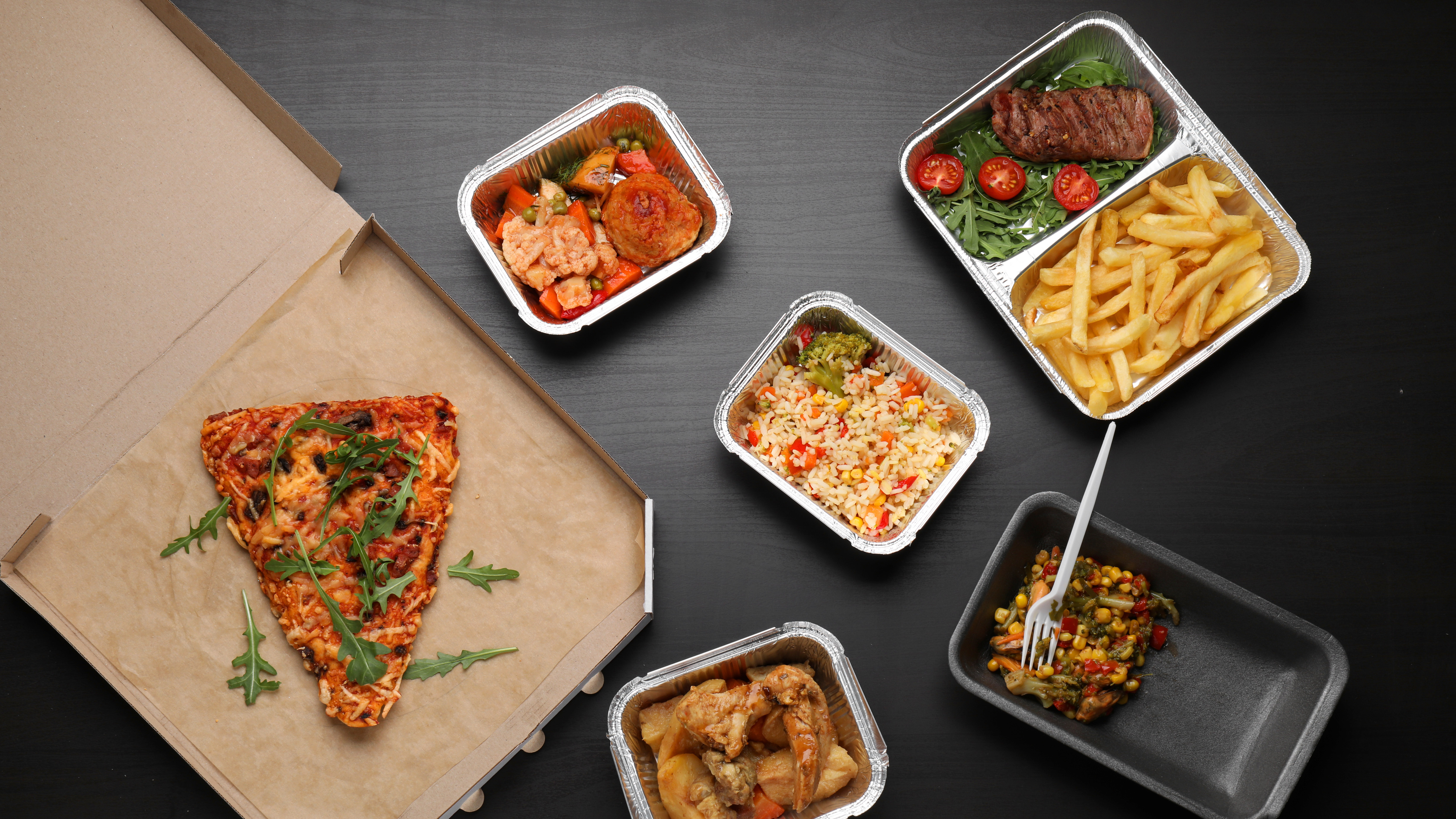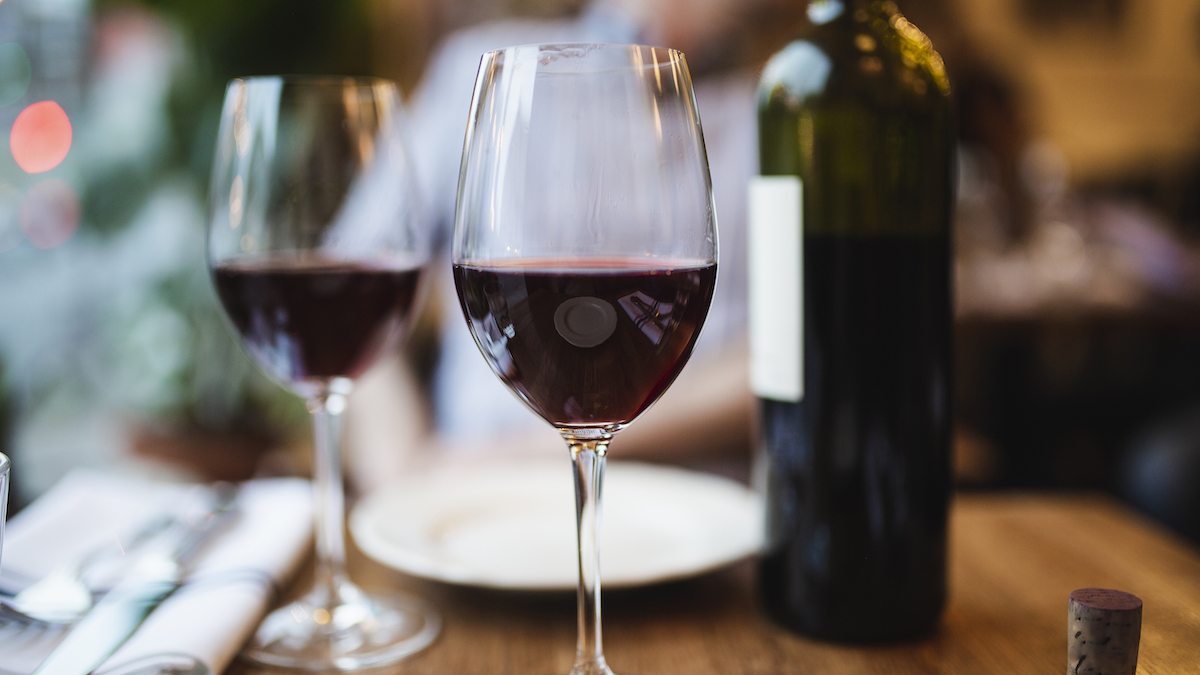
This article is part of TechRadar's Get Fit For '25 series. All week long, we're publishing articles relating to fitness, health and the tech we're using to improve in 2025. You can view all the other articles in this series here.
Tracking food intake has become a popular way to monitor health and wellness in recent years. From calorie counting to macronutrient breakdowns, apps like MyFitnessPal promise an easier way to keep tabs on, and (hopefully) take control of what you eat. But how practical is this in real life, and can it genuinely change your eating habits?
To find out, I decided to log every single thing I ate and drank for a week using the MyFitnessPal app, perhaps the best fitness app for calorie and meal tracking. As someone who has never been particularly meticulous about what goes on my plate (or down my gullet), I was intrigued to uncover how merely logging my dietary habits could, somehow, make a difference to the number on the weighing scales. Science says it does: one study found those who track food intake over five days a week showed “significant and sustained” weight loss over time.
And so, over seven days, I meticulously tracked meals, snacks and even the occasional cheeky glass of wine, to see what insights the challenge might offer. Here’s what happened when I put MyFitnessPal to the test.
Setting up for success: know your numbers

Before diving into food tracking, the first step is setting up your MyFitnessPal profile. If you’ve never used it before, the app will prompt you to enter your height, weight, age, activity level and goals after install. Based on this, it calculates your daily calorie and macronutrient targets. While this sounds relatively simple, I quickly discovered that MyFitnessPal’s initial suggestions aren’t so accurate.
This is where a little extra effort pays off. When setting my daily calories allowance in the app, I decided to first calculate my Total Daily Energy Expenditure (TDEE), which is the number of calories you burn in a day, factoring in both activity and rest. It’s a great way to understand how much energy your body really needs.
To do this, you can simply multiply your body weight by 10-12 to get a realistic calorie range. For example, if you weigh around 70kg, that would give you a daily target of roughly 1,540-1,848 calories.
Get daily insight, inspiration and deals in your inbox
Sign up for breaking news, reviews, opinion, top tech deals, and more.
Alternatively, you can use a TDEE calculator, which will tell you how many calories you should be aiming for per day in order to lose a desired amount of weight. For me, this was a 2335 calorie allowance for “mild” weight loss of 0.25 kg per week, 2,085 calories per day for “moderate” weight loss of 0.5 kg per week, or 1,585 calories for “extreme” weight loss of 1 kg per week. I decided to go for a nice, well-rounded allowance of 2000 calories per day to ensure a (hopefully) noticeable weight loss over my one-week experiment.
I adjusted the app’s settings to reflect my personal goals. This included setting macronutrient targets for protein, carbohydrates and fats. For example, a protein target was around 0.8g per pound of body weight to ensure I had enough to support muscle recovery and stay fuller for longer. I also tweaked my fat and carb targets to suit my preferences, while keeping fat intake above 20% of my daily calories. This was in a bid to make the numbers work for me, rather than feeling restricted by rigid targets, which I think is important for weight loss challenges like this.
The ability in-app to customize these settings was a game-changer. Left to its own devices, the app can overestimate calorie burn from activity and underestimate protein needs, which might leave you frustrated with slow progress. By taking a bit of time to get these numbers right, I felt more confident that my tracking would actually support my goals as opposed to relying solely on default app calculations.
Tracking everything: accurate but not obsessive

Once I had my goals set up, it was time to get stuck into the actual tracking and, thankfully, using MyFitnessPal was surprisingly easy. The app’s database is massive, so finding most foods was simple, and the barcode scanner was a lifesaver for items that t came packaged. For homemade meals, I manually entered ingredients and weighed portions using a kitchen scale. I’ll admit, this felt laborious at first and definitely added some time to meal prep, but it became second nature after no time.
One thing that became clear early on was the app’s limitations. Because it relies on user-generated entries, the calorie and macronutrient data isn’t always accurate. For example, a slice of bread might show wildly different calorie counts depending on the entry. When this happened, I searched for an entry that matched the packaging or averaged the numbers. The key was not to get too hung up on small discrepancies; calorie tracking is inherently imperfect, with a 20% margin of error on labels, after all. This is just something you’ve just got to keep in mind when tracking calories: everything’s an estimate.
I also learned how easy it is to overlook the little things. A splash of milk in tea, a handful of crisps, or an extra drizzle of olive oil might not feel significant, but they quickly add up. Logging these made me much more aware of my habits and therefore more wary about snacking. That said, one thing I was very aware of during this experiment was becoming obsessive.
I wanted to ensure the goal was consistency, not perfection – striving for this never ends well, so I kept my focus on building awareness and learning from the process rather than stressing over every gram. It’s this balance that made tracking feel sustainable rather than overwhelming, and therefore something I’d be able to stick to rather than feeling resentful about it.
One week of food tracking: what I learned

After a week of logging everything, it’s fair to say that I realised a lot about my eating habits I’d not even considered before - some surprising, some less so.
The first was portion sizes. I thought I had a decent sense of how much I was eating, but weighing out foods like pasta or peanut butter showed me I was often overserving myself, especially with more calorie-dense ingredients. Seeing those numbers add up on the app was truly eye-opening.
I also realised my protein intake wasn’t as high as I thought. Despite eating balanced meals, I was consistently falling short of the recommended amount. No wonder I’d sometimes feel unsatisfied after meals. Adding more protein, whether through larger portions of chicken or a handful of nuts, made a big difference in keeping me feeling fuller for longer.
Another surprise was how drinks can sneakily contribute to your daily calories. My morning coffees and the odd glass of juice (or wine) added hundreds of calories and since they’re not snacks or meals, I would never have thought how much they can contribute to the daily calories allowance. Swapping these out for black coffee or just plain and simple water made a massive impact on my total expenditure without much effort.
This, as well as knowing I’d have to log everything made, me think twice about grabbing a snack or eating or drinking juices I didn’t really need (and was probably just consuming out of boredom), but it didn’t feel restrictive, simply more deliberate.
I’ll admit, it did add to the post-binge feeling of guilt after a big takeaway or chocolate feast at the cinema. I think this happened once or twice during my time using the app, and the calorie count was astronomical. But I tried to learn to let this go for the times I did do it, knowing that it’s not something I was doing every day.
Will I keep it up?

By the end of the week, the MyFitnessPal app had certainly given me a clearer picture of my eating habits, but will I keep using it? Probably not. While it’s a top-notch tool for building awareness and breaking down goals into manageable steps, the effort required to log every single meal isn’t sustainable long-term. Nor is it something I want to continue.
That said, I can see myself coming back to it periodically when I feel like I’ve strayed too far from my TDEE and need to bring my food consumption back in line. It’s a great app for recalibrating when habits start slipping or if you’re working towards a specific goal like losing weight or building muscle. Tracking helped me see where I was going wrong, especially with portion sizes and hidden calories, and that’s knowledge I’ll carry forward even without the app.
And so, I’ve found that if you’re willing to put in a bit of time and approach it flexibly, MyFitnessPal and calorie tracking in general doesn’t have to be the be-all-or-end-all. However, it can genuinely help you eat more mindfully and make lasting changes, even through occasional use.
Lee Bell is a freelance journalist & writer specializing in consumer technology, health, and lifestyle. Lee is a qualified personal trainer, testing fitness watches, training shoes and everything in between.
